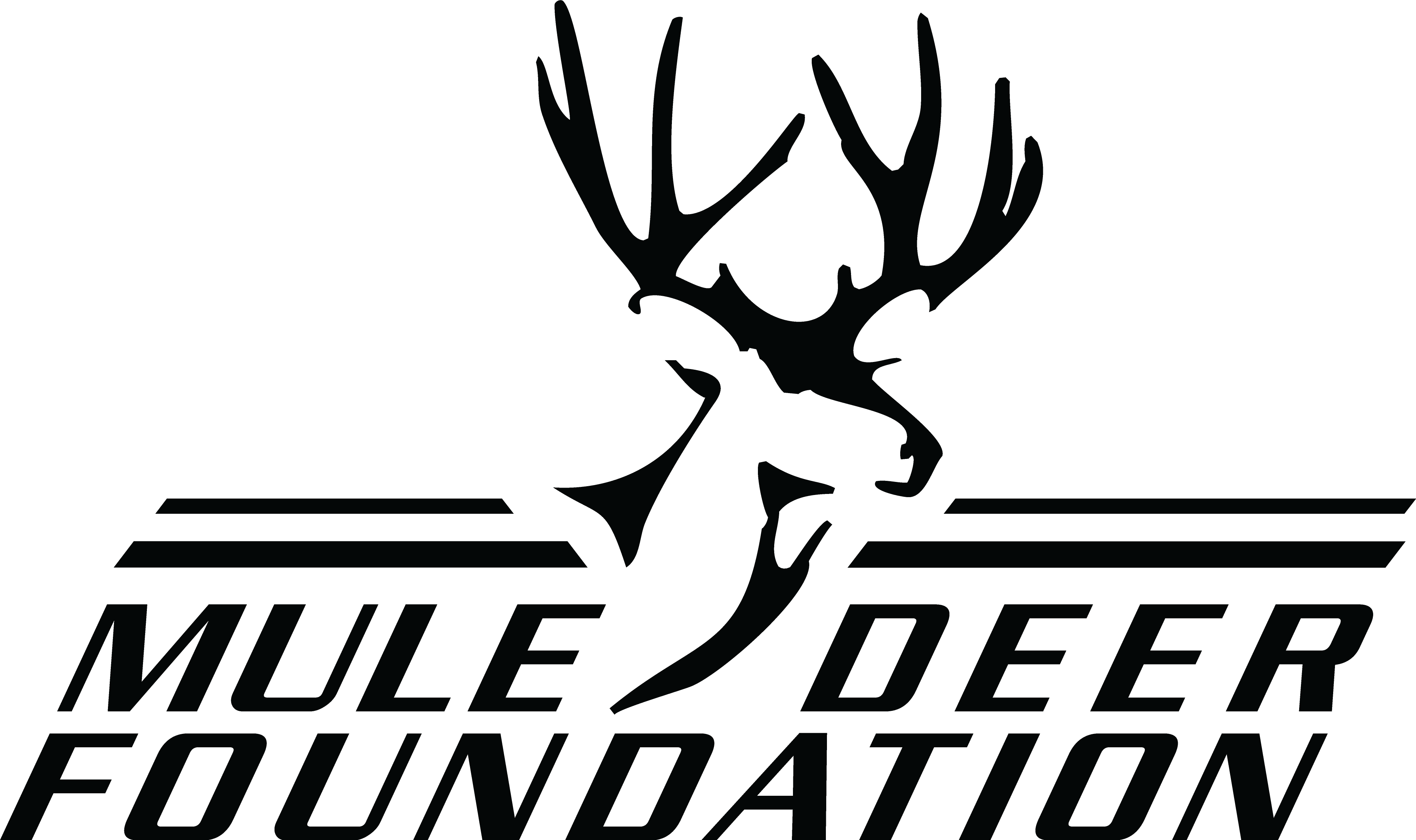Posts
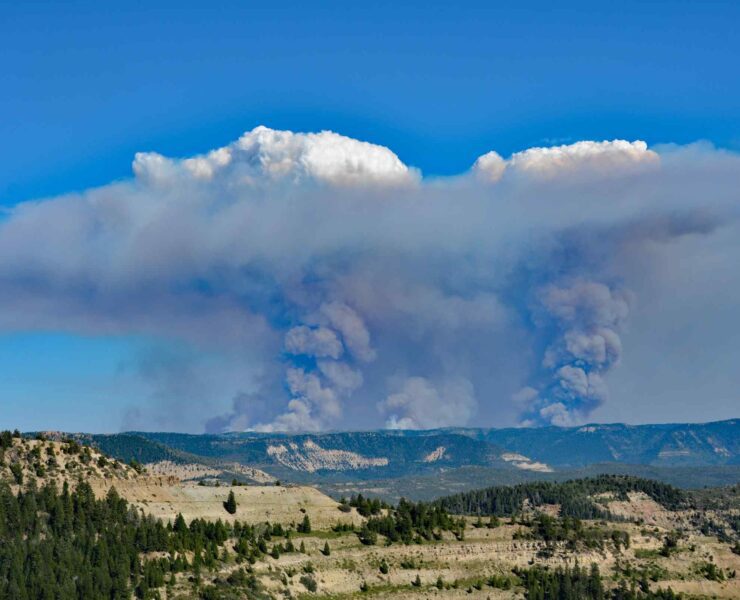
Wildfire is a powerful and often misunderstood force on the Western landscape. For mule deer, fire can be both a threat and a benefit. While flames may scorch winter range, destroy cover, and reduce food availability in the short term, fire also plays a regenerative role—creating lush, nutritious vegetation that deer depend on.
Understanding how wildfires affect mule deer habitat is critical to long-term conservation efforts. As wildfires increase in size and frequency, land managers and wildlife professionals must carefully weigh the risks and benefits to ensure mule deer populations remain healthy and resilient.
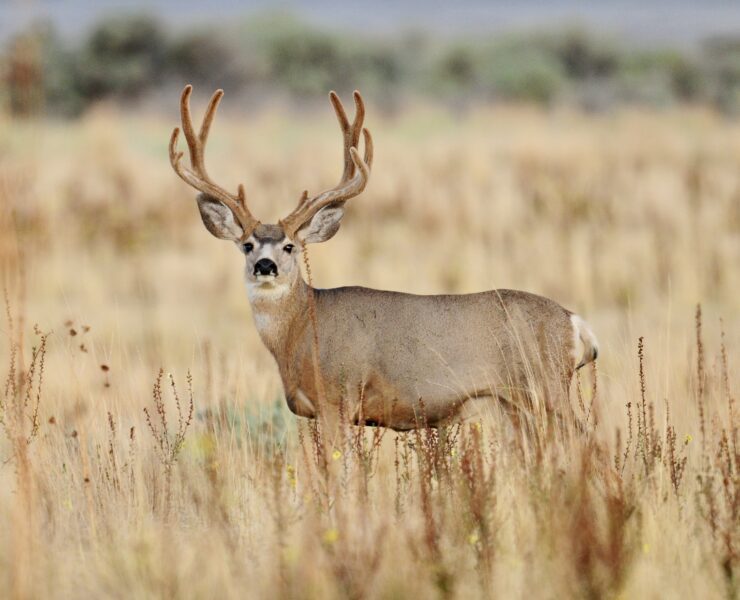
f you’ve spent any time on the eastern prairie breaks or the steep ridges of western Montana, odds are you’ve crossed paths with mule deer. They’re woven into the landscape here. To we fortunate few who have invested in this land these critters are not just as a game animal, but a part of what makes the West wild. Like a lot of things in Montana, their story is one of peaks, valleys, and a changing environment.
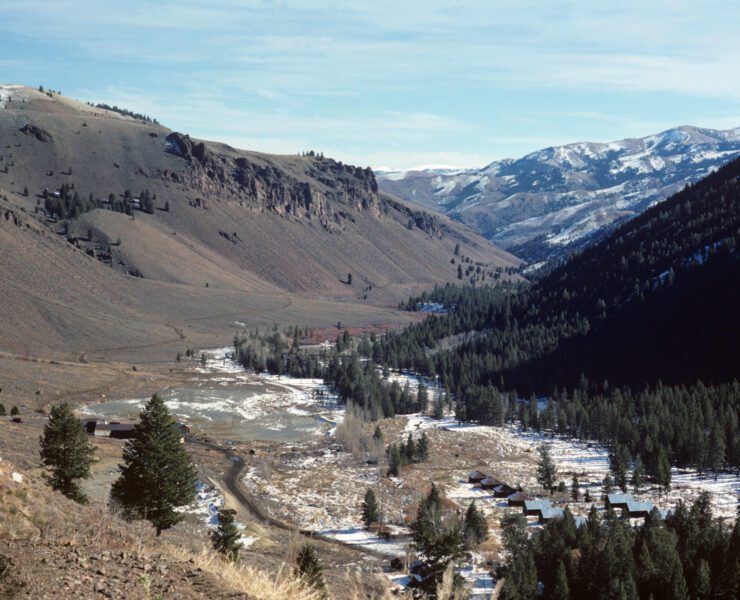
“The Mule Deer Foundation values America’s public lands, essential for our hunters’ access to pursue mule deer and black-tailed deer in the West. We are concerned about the Senate’s reconciliation bill provision mandating that potentially millions of acres would be sold or transferred, as it lacks transparency and public input. We urge a thoughtful, transparent process that safeguards our hunting heritage while addressing land management challenges.”
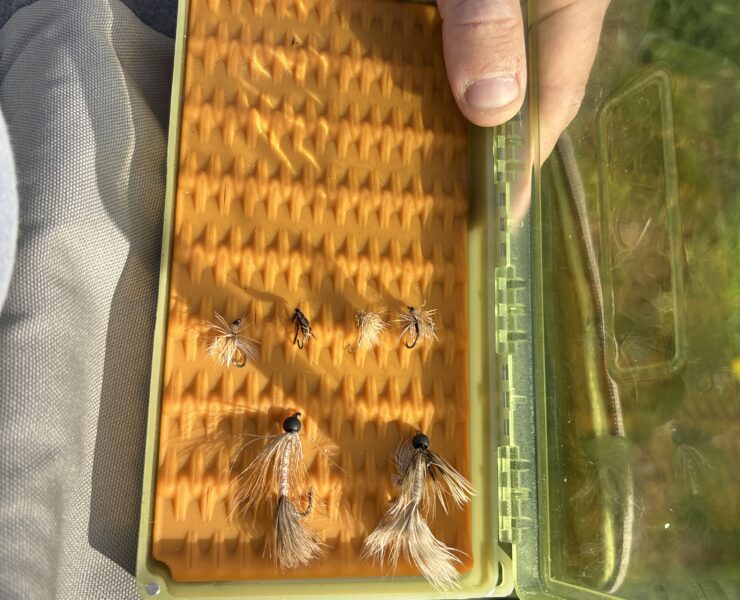
However, one part of the animal that is often overlooked is its hair.
I think game hair—whether from pronghorns, mule deer, or elk—has tremendous value, especially for fly tyers. When used skillfully, these natural materials can be used to craft a wide variety of fly patterns that are effective and unique.

I earned my bachelor’s degree in Wildlife from Purdue University in 2016, then spent several years working seasonal field technician jobs, primarily capturing and collaring elk and mule deer, and conducting vegetation surveys to assess habitat conditions. In 2019, I moved to Salmon, Idaho, where I worked for Idaho Fish and Game, first as a big game population technician, monitoring collared big game, and later as a depredation technician, working with landowners to mitigate wildlife conflicts.
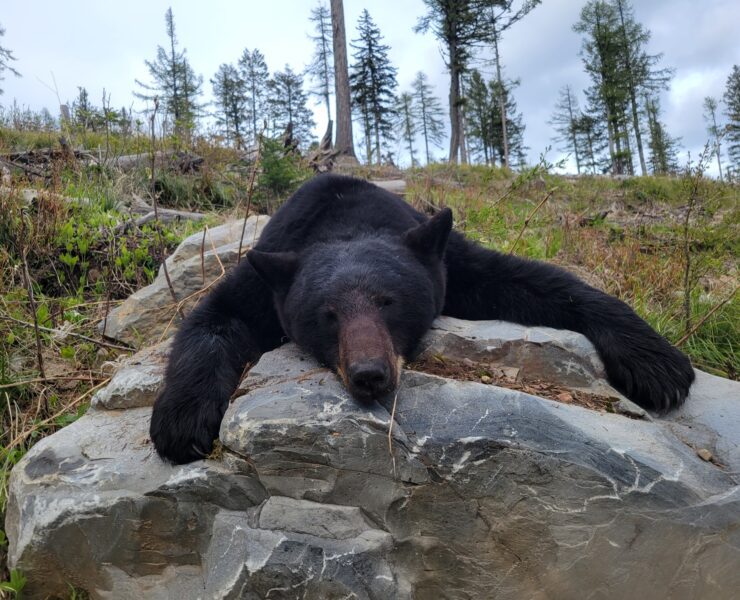
“The only thing that could improve it would be seeing a big ol’ boar,” I said after the elk had disappeared into the spruce forest. Billy and I stepped back onto the road in high spirits. As we slowly still hunted our way along, I suddenly felt something. Apparently, Billy thought it, too. When I turned around to see what had the hair on my neck standing at attention, he was turning back towards me wide-eyed.
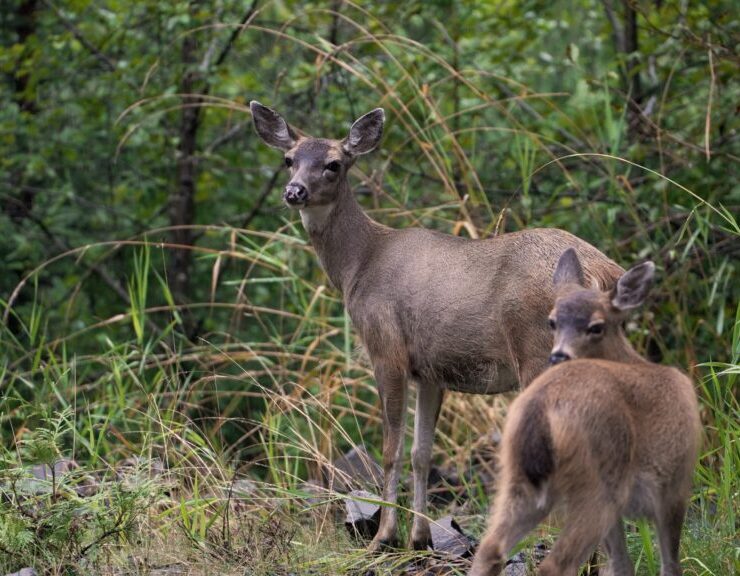
As many hunters and conservationists know, in certain states winter survival for mule deer is essential to keeping the population at its objectives. Therefore, it makes sense why states wildlife managers collect this vital information year after year. In fact, winter survival and post winter population counts are vital to MDF’s prioritization of where it can focus its conservation efforts in coordination with state agencies.
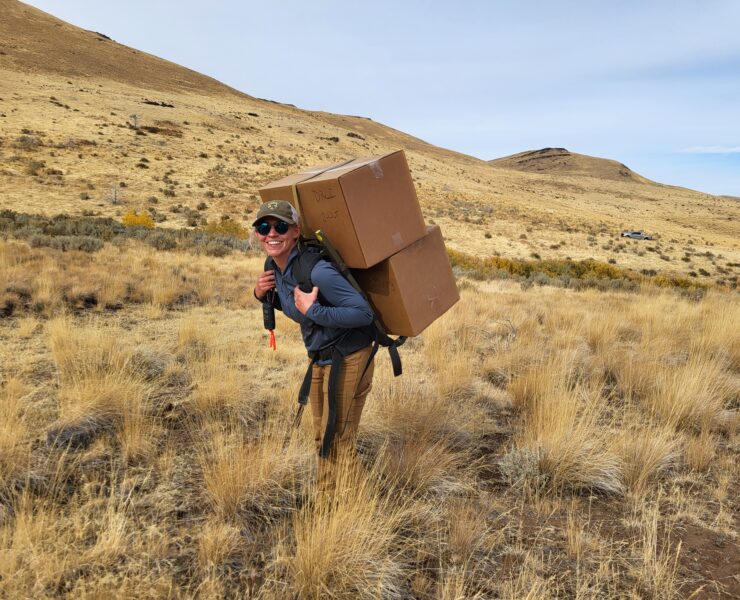
The Mule Deer Foundation (MDF) is seeking applicants for one Project Manager to assist with habitat projects on the USFS lands. This position is a full-time, field- based, position that will help deliver the mission of MDF on USFS lands. This is a term, 2-year position with the possibility of extension based on funding.

A promise made by Rachel’s boyfriend to get her the biggest buck she had ever seen. The boyfriend talked a good game and spoke like he knew mule deer. They had gone out enough times that he was considered the boyfriend. The title lacked substance. The man held the position mainly because, he expected to see her every Friday night and because he had a way of showing up and taking over her plans whenever it suited him, but most importantly because he promised her a big buck. Beyond that, he never actually asked her to be a steady thing.

The Mule Deer Foundation (MDF) and Idaho Fish and Game Department are seeking a highly motivated and dedicated individual to fill the role of Transportation Technical Assistance Liaison to support IDFG with providing biological technical assistance to ITD. In this role, you will be a critical member of an interagency team supporting ITD’s programs and projects with a nexus to fish, wildlife, and botanical resources. This position will provide leadership and creativity for exploring and implementing solutions to benefit both conservation and society’s transportation needs.


